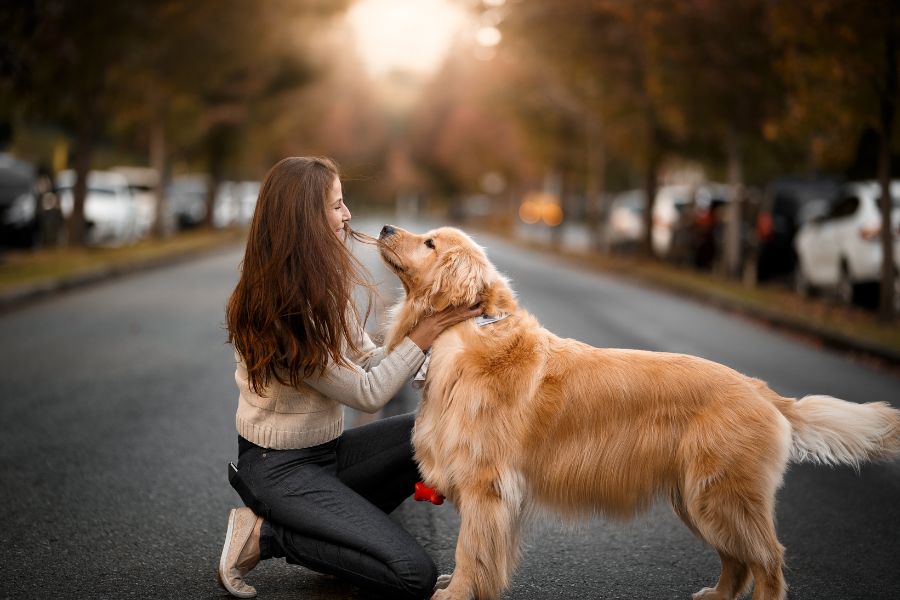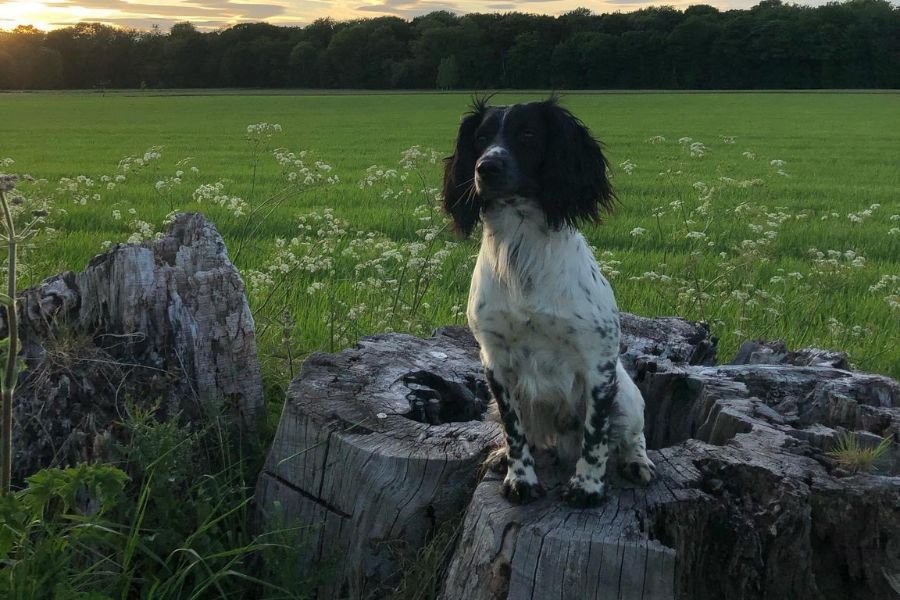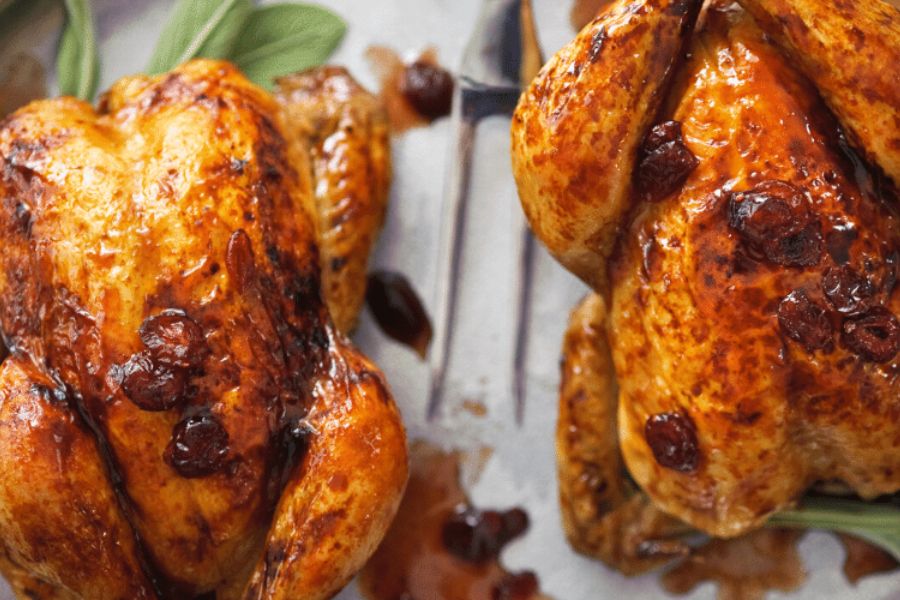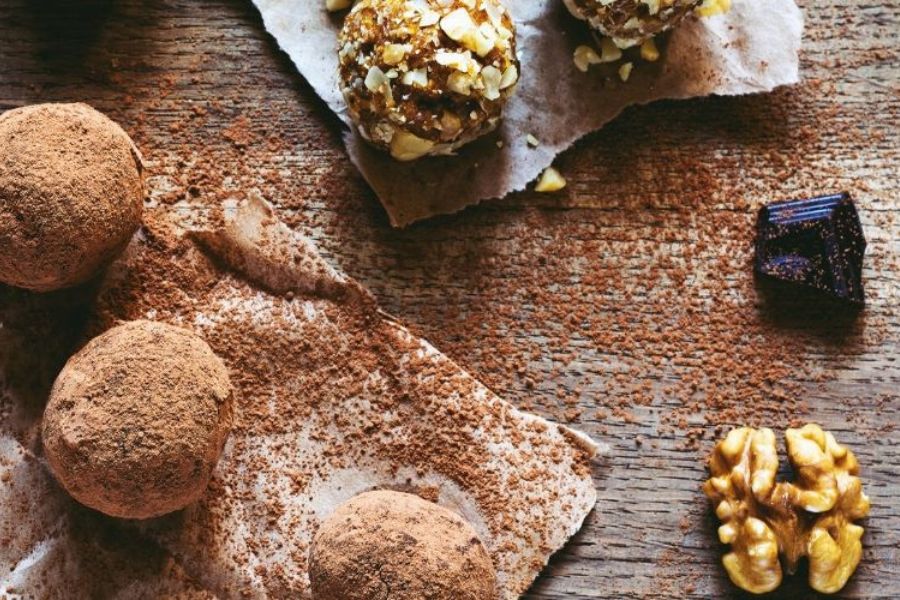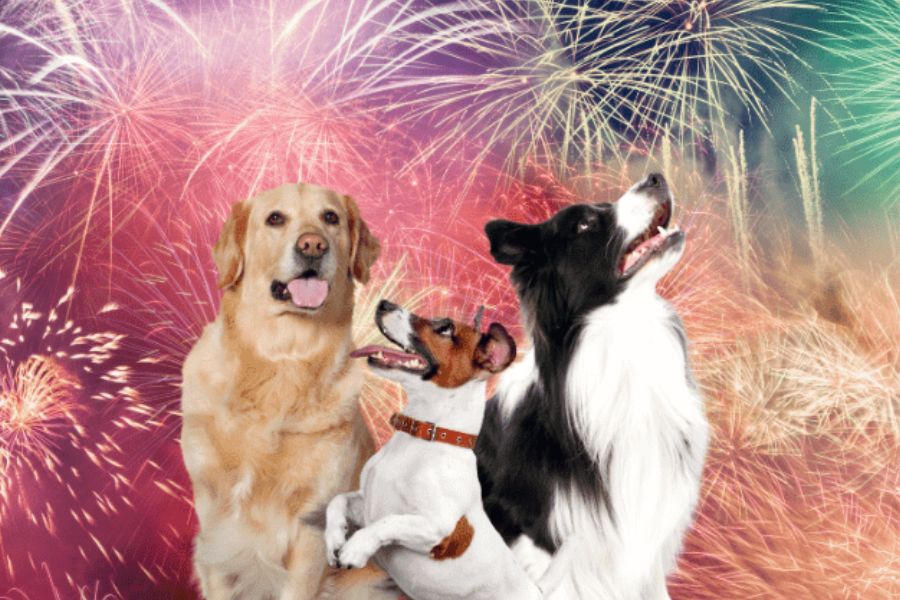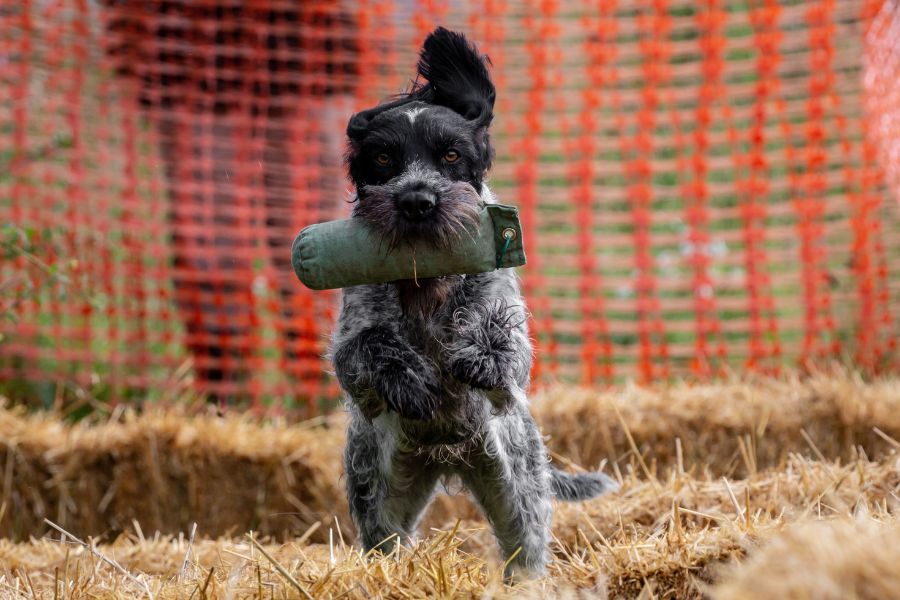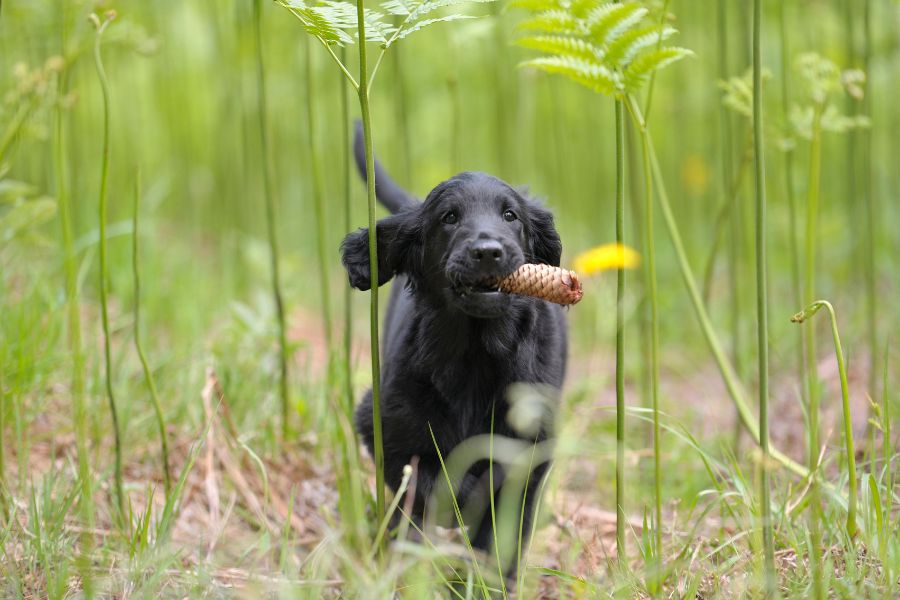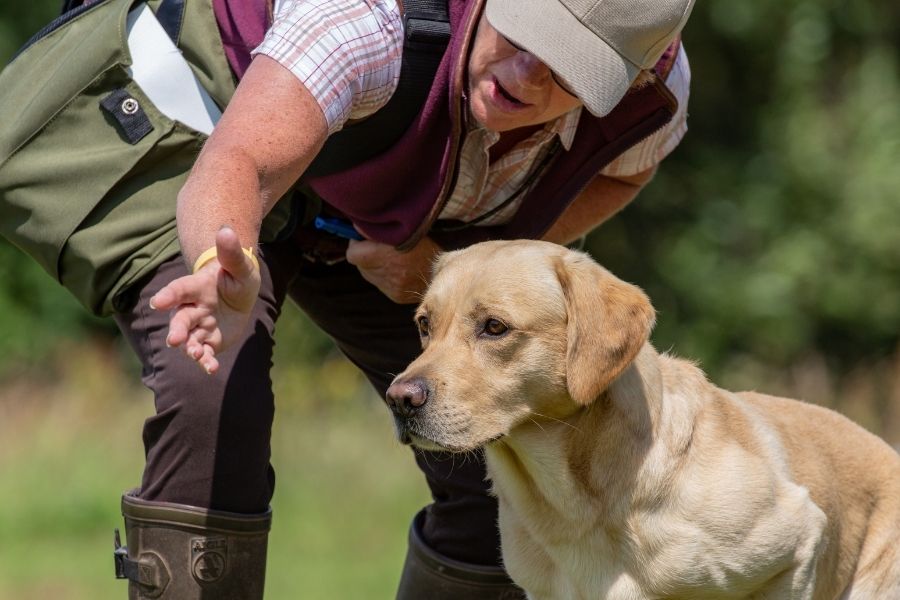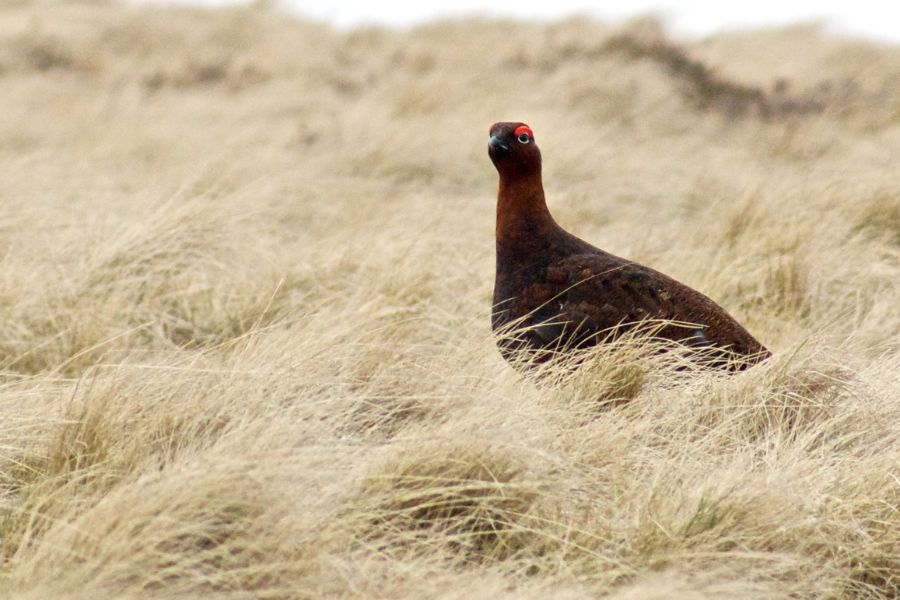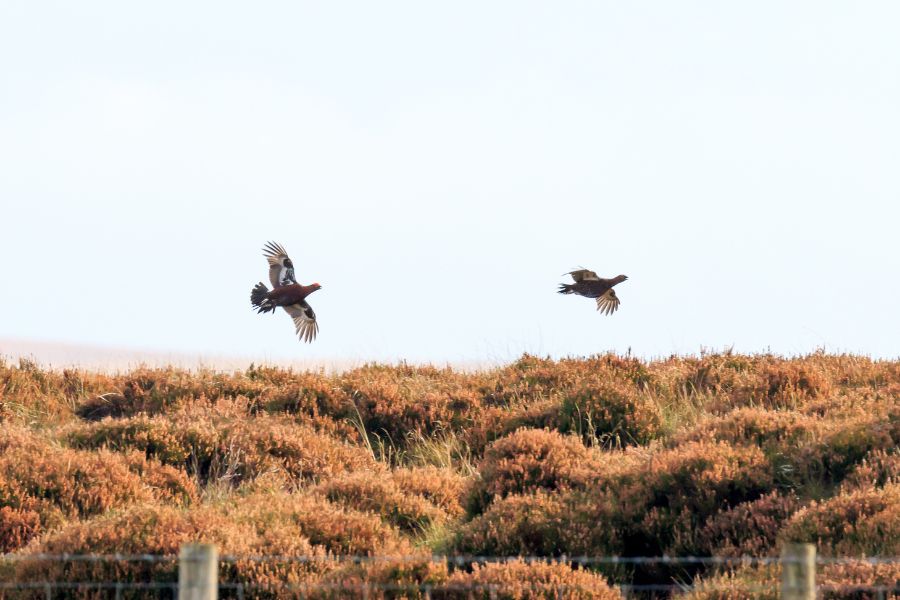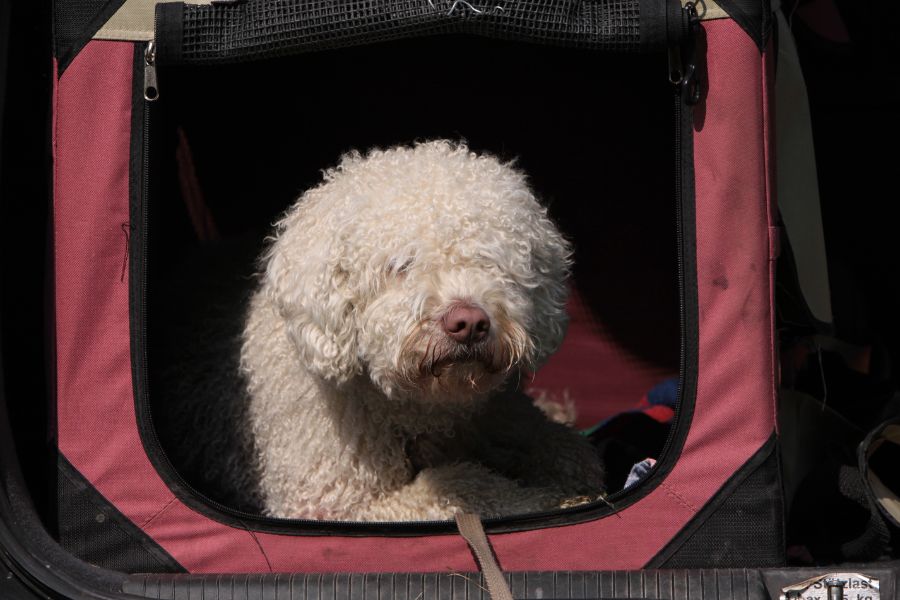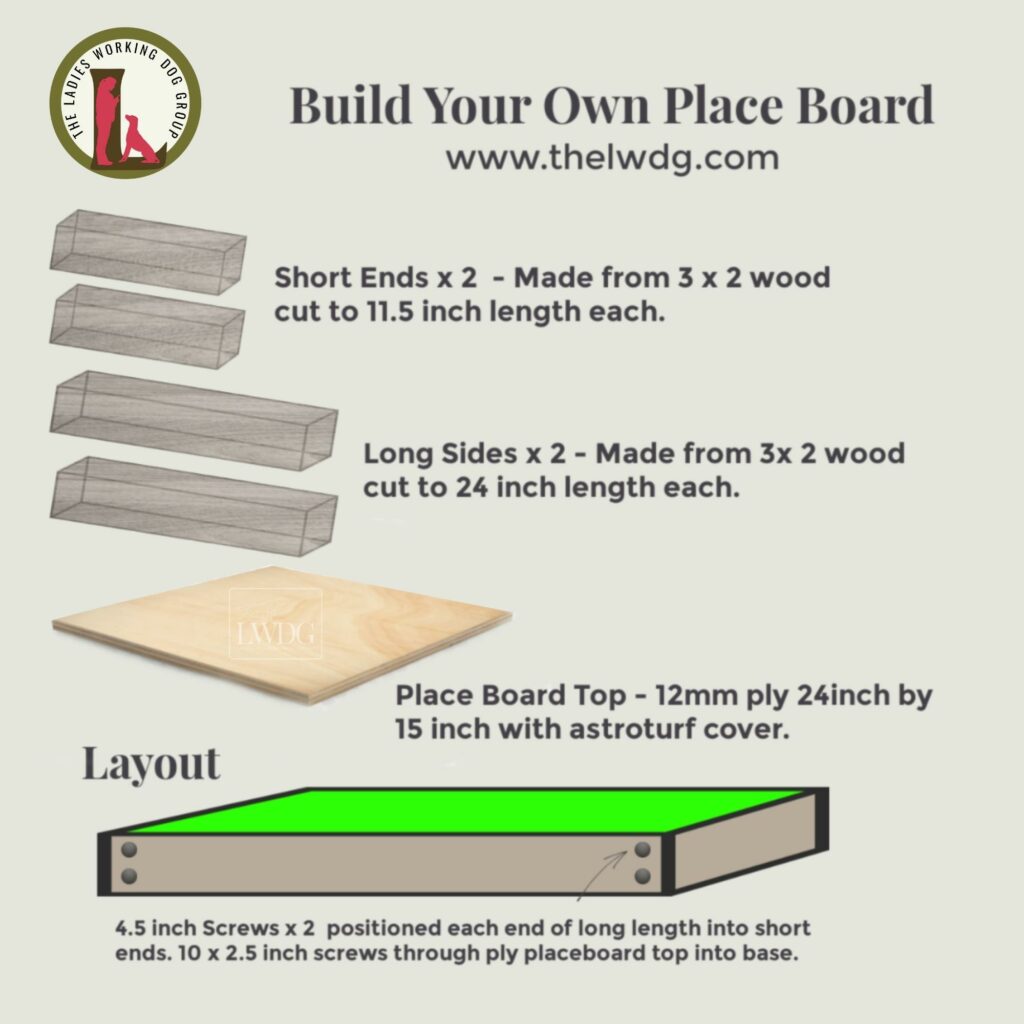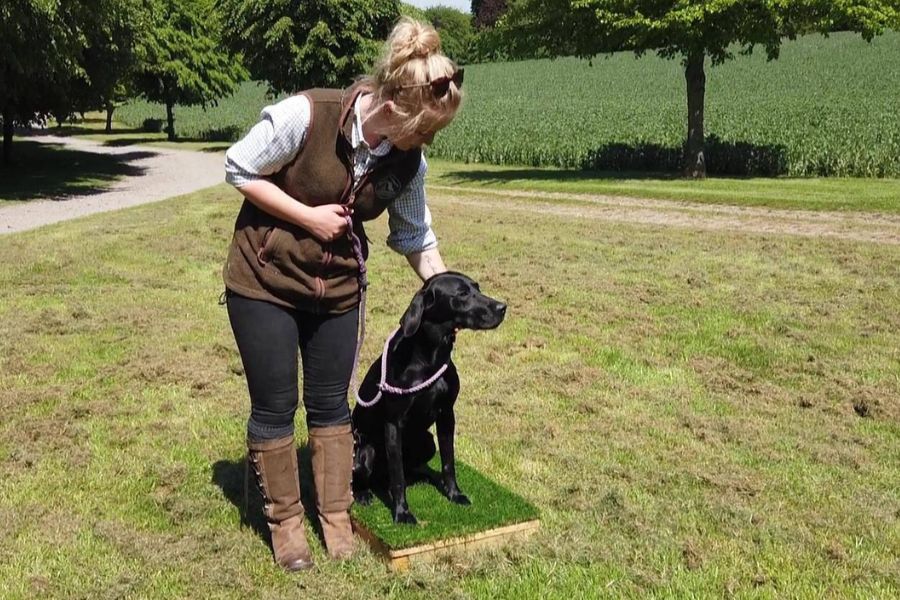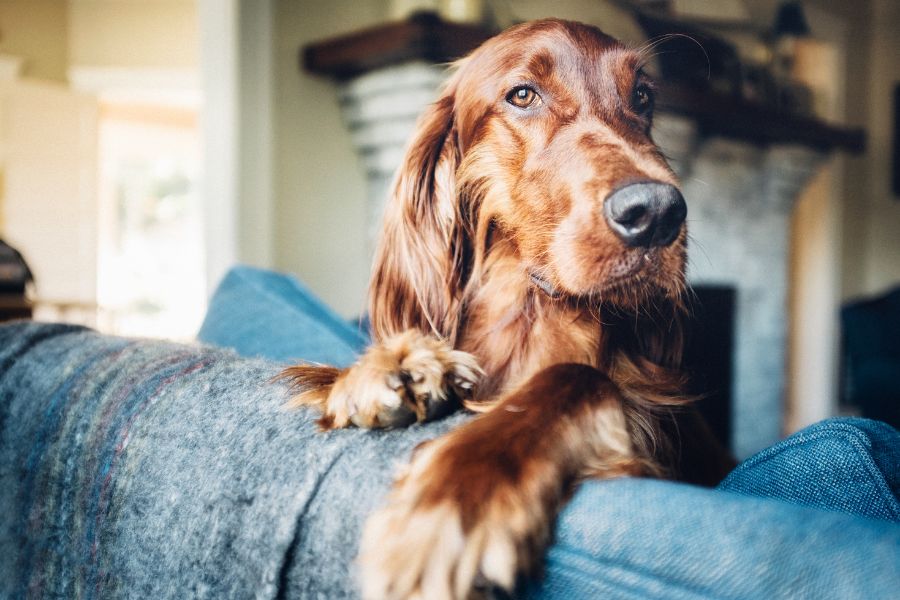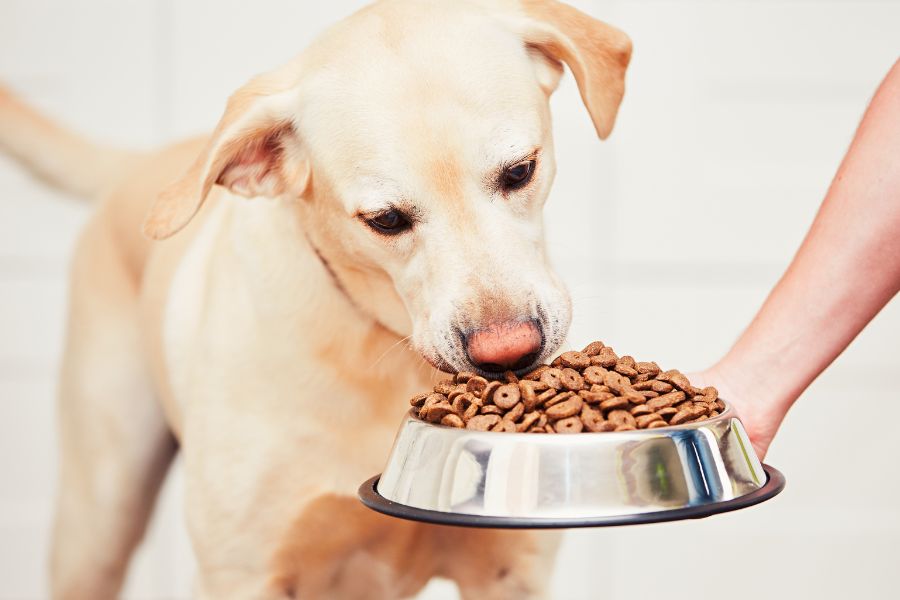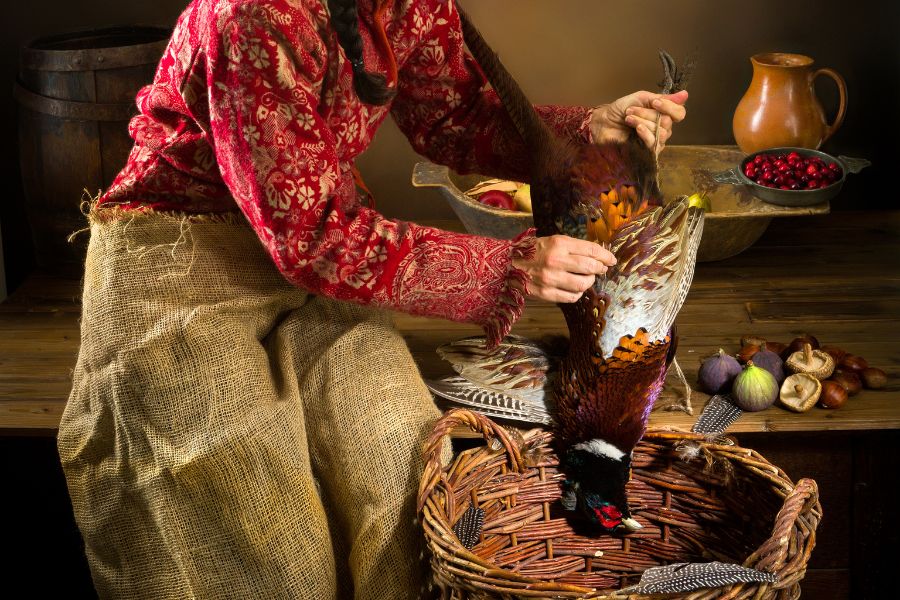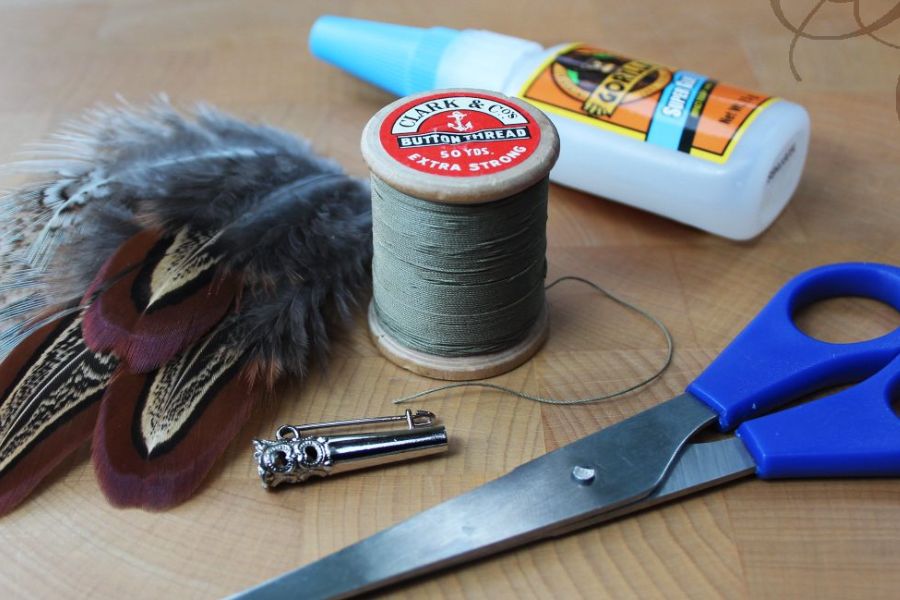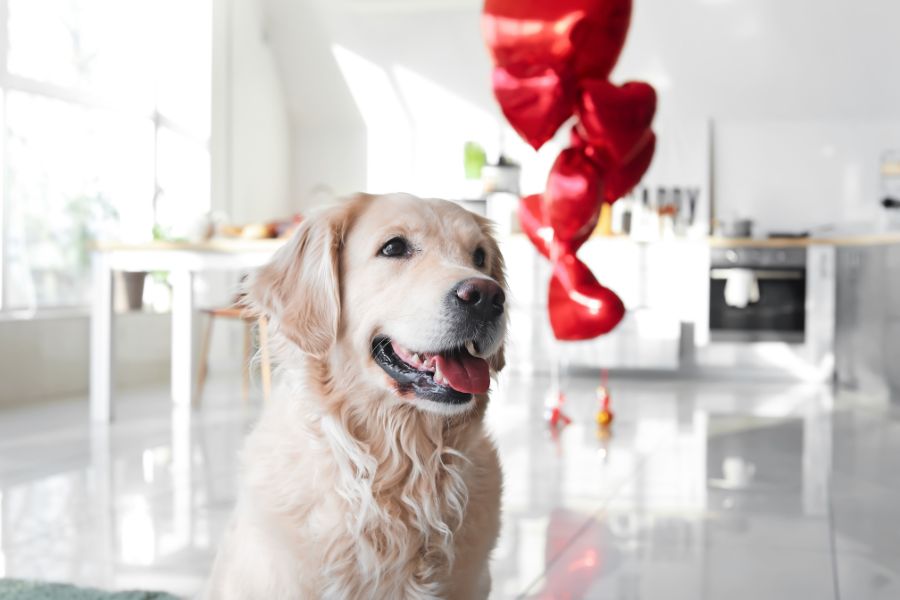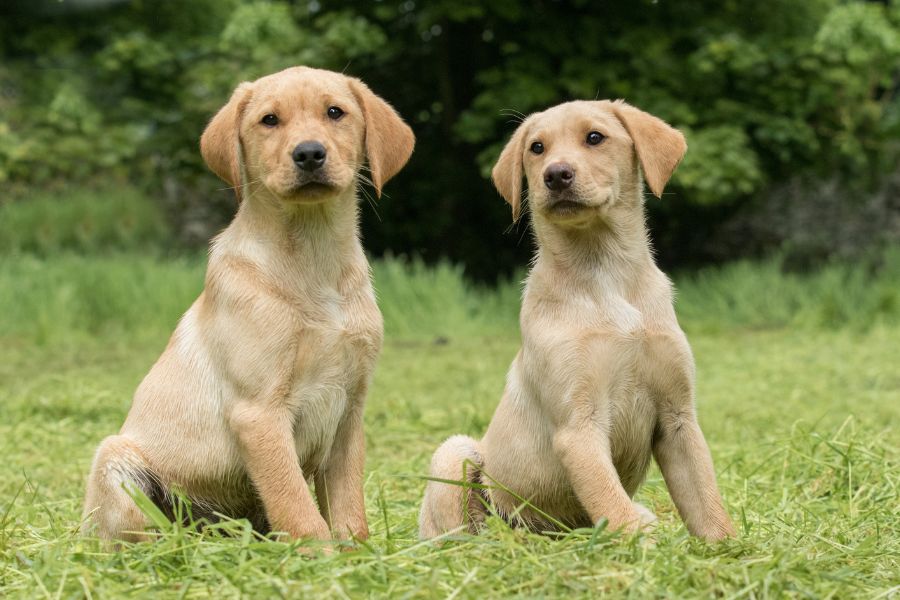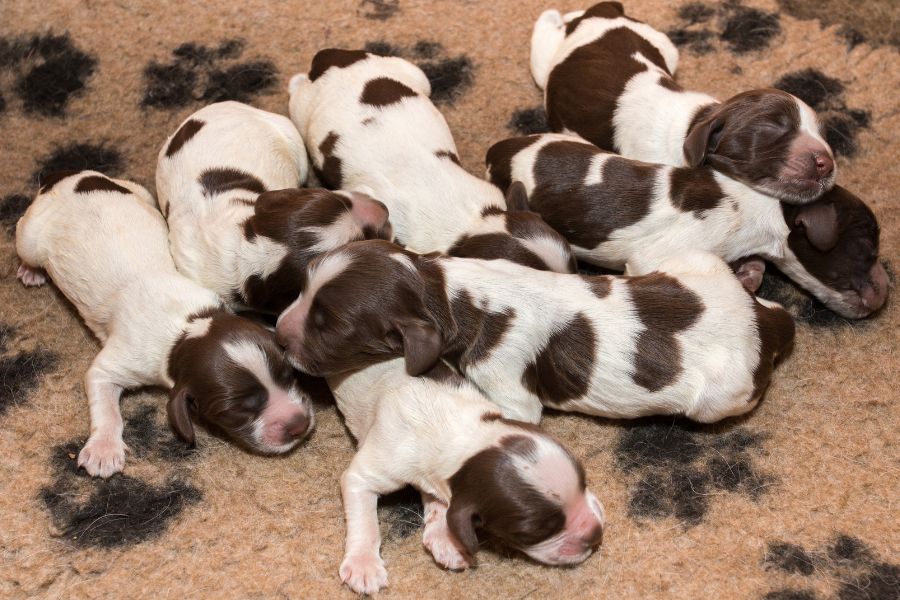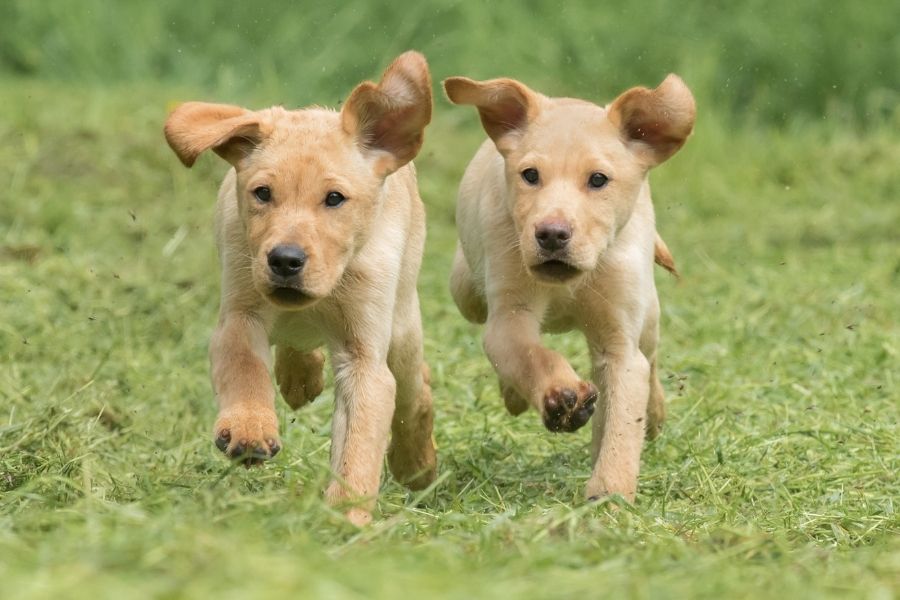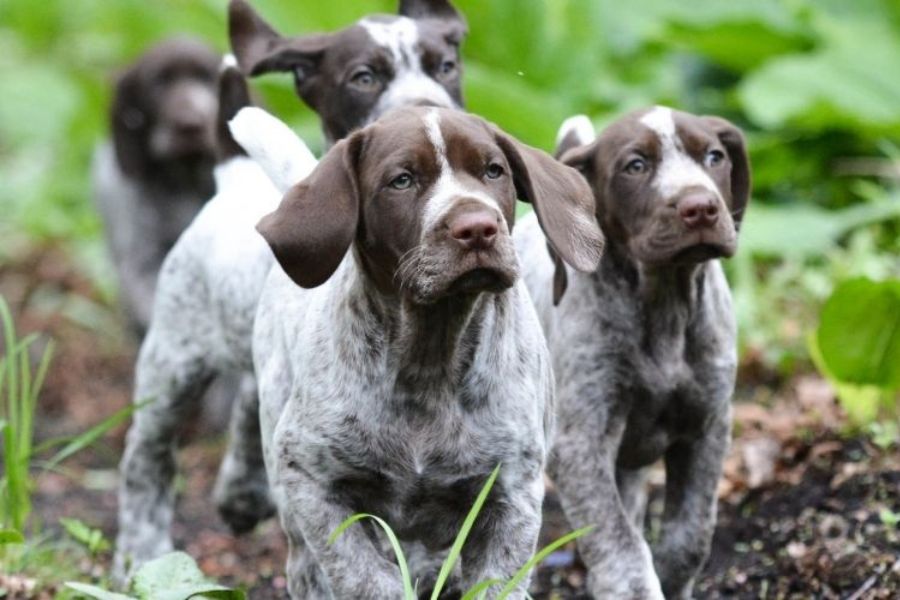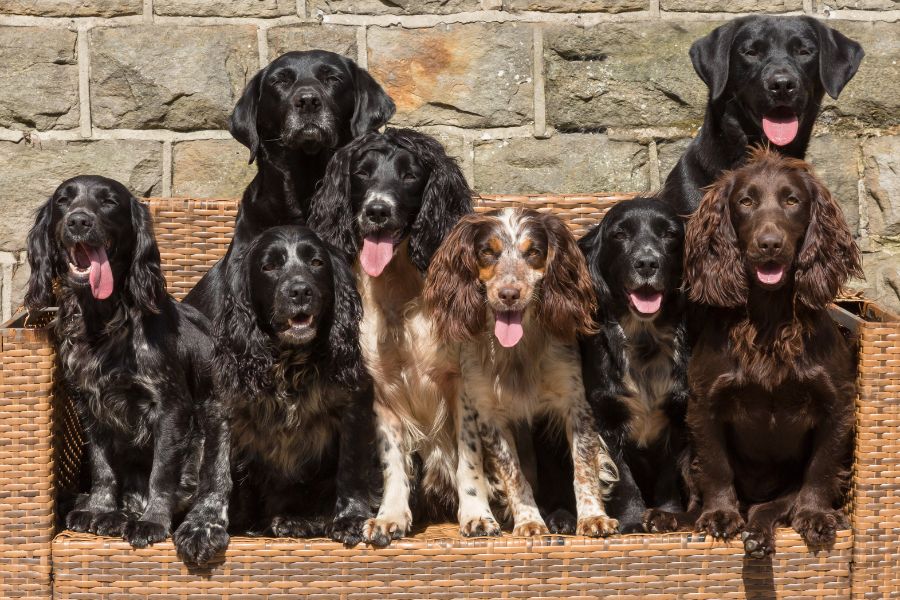Joanne Perrott
Founder of The LWDG, Author and Certified Success Trainer.
Have you ever thought about how your dog training success is achieved in your mind?
There are many different styles of dog training across the world. Depending on the dog’s function, how and what we train changes to suit our needs, the environment, the dogs and our preferences.
After many years of learning different approaches and watching the challenges faced by the Ladies Working Dog Group Members, I feel there is room for a new type of dog training. One that combines the needs of the dog, the end function, and the needs and values of the owner, who, in my belief, has been absent in the dog training world’s focus.
When we purchase a dog, we spend so much time thinking about how and what we are to train them. And there can be so much we need to do. But we don’t stop thinking about who we have to become as a person to achieve those goals.
The idea of a values-driven dog training is one where both the dog’s development and the owner’s development are intertwined in a way where the owner works on themselves as much as they do their dog training.
What Is Values-Driven Dog Training?
Each person has a set of values from which they try to live their life. When they are living within their values, life feels happy. When they go against these values, they think out-of-whack and can handle a range of negative emotions.
When we train a dog, our individual values of who we believe we are or what we think we can do are internally questioned, and this is where our frustration can emerge.
Self-Reflection
“By three methods we may learn wisdom: First, by reflection, which is noblest; Second, by imitation, which is easiest; and third by experience, which is the bitterest.” –
Self Reflection is a skill we all need but gives very little time to develop. It’s fundamentally required within our lives, yet sadly it’s not incorporated.
How can we achieve what we want in our dog’s training (or indeed our life) if we have spent no time dedicated to setting out our desires, aims and ambitions? How can we tell if we are on or off track? Reflective learning also helps us work out what went well and what needs tweaking.
It allows us to do it from a place of non-judgement, so we can learn and grow in line with our values, rather than feel frustration and guilt.
Balance in Values-Driven Dog Training
When values and balance are discussed in the human world, it is usually in the context of people considering other people.
This, too, has a place in our dog training where we consider the dog’s needs. This form of exercise has its own widely recognised name Positive Dog Training, and it’s one part of values-based dog training we are mostly already embracing.
Maybe in part, this is due to us happily supporting the needs and wants of another life form but not wanting to identify and address the wants and needs of our internal desires.
To meet our internal values, the needs of the dog are always to be included. This is paramount for the dog’s welfare but also for our own.
We doubt our values when we are asked to do something in training that we don’t feel is aligned with how we want to treat our dogs.
The role of our Self-Confidence
“It’s not who you are that holds you back, its who you think you are not”
Reading through most of the messages I get from LWDG members; they regularly fall into two main themes. One is thanking the LWDG for boosting a person’s confidence; the second is a desperate plea for help with their dog where they have lost all belief and self-confidence to achieve their goals, aims and ambitions.
There is, without doubt, a massive need for our self-confidence to be addressed, as much as there is a knowledge of how to train our dogs.
Much dog training is done in isolation, and as such, we have very little in the way of ‘cheerleaders’ to support us on our training journey. When we are alone, it is straightforward for self-doubt to creep in and rob us of all our hope.
Working on our self-confidence needs to be a continuous and never-ending effort. Like a mobile phone battery, our faith, if left uncharged, will dwindle and die.
If we are actively dog training and seeing results, this can recharge us. However, if it’s going wrong, this speeds up the loss of confidence until we lack all will to train and may even give up altogether.
We must work on our self-confidence away from our physical dog training. This can improve our mindset and, ultimately, our success.
Lastly Gratitude…
While gratitude may appear at the end of my blog post today, it’s undoubtedly the most essential of any part of values-driven dog training.
If we train from a place of gratitude, we begin with a happy and humble state of mind.
Suppose right now, as you read this, in your mind (or out loud), you thank your dog for wanting to work with you. In that case, you thank your job for giving you the money to pursue your hobby, you congratulate the gamekeeper on their hard work all season preparing the game, you thank the land owner for allowing you access, and you thank the people who have taught you what you know to date. Finally, thank yourself for being kind and patient with yourself and your dog whilst learning together; if you do all this thinking, how do you feel? Do you somehow feel calmer and more optimistic about life?
Think what would happen if you spent a few moments before each training session doing this. Do you think it would change your approach and attitude?
Gratitude has a way of appeasing all our values in one go. It brings them all to a place of calmness we need before training. Its role in life is far more fundamental than we give credit for.
The concept of thanking someone is based on gratitude, and embracing its power can be life-altering.
Thank you for reading this 🙂
This post is written in the hope that it will allow you, the person still reading, the strength and courage to believe you CAN reach your goals.
Using this knowledge, spend more time on yourself than your dog training, and you will achieve results you didn’t think possible.
Comment below how you feel about the idea of Values-Driven dog training. Do you agree that this approach can improve your results?
Much Love
Jo xx

